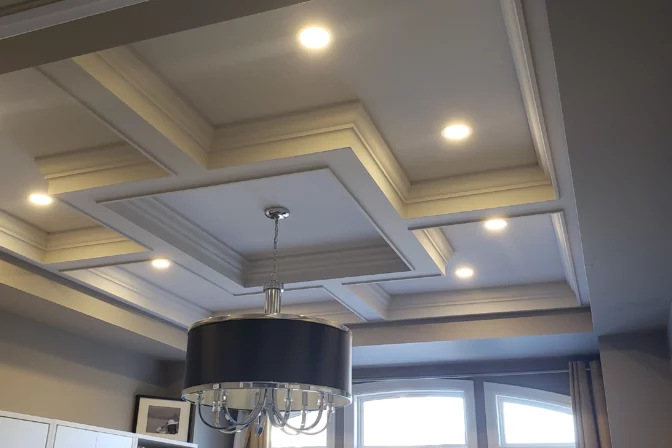Choosing the correct light bulb for your home or business is critical since it can have a significant impact on your health, productivity, energy consumption, and a variety of other factors
1. Determine what fitting or cap type you need
When buying new bulbs, this is the most important piece of information to remember: if you choose the improper fitting or cap, your light bulb will simply not fit. Despite this, choosing the wrong fitting or cap type for a light bulb is one of the most common and unpleasant mistakes made when purchasing light bulbs.
Both letters and numbers are used to designate caps and bases. The letter denotes the type of base, while the number denotes the base’s diameter in centimetres (mm). A third letter may be added to indicate if there are one, two, or three pins.
Here are some of the most common cap and base types:
Bayonet Bases

Bayonet bases are the most popular base type. These bulbs are usually utilized in incandescent & CFL bulbs, are inserted into a socket utilizing a push & twist movement.
Screw Bases

The letter “E” is used to identify screw bases, which are also known as “Edison” bases. There are a variety of sizes available for these bases. Two wires link the filament to the base of screw-base bulbs, where electrical voltage connects with and powers the bulb.
Pins/Pegs

Pins/Pegs bases feature two narrow pins or pegs. The distance between the pins or pegs is measured in millimetres and is indicated in the base type code.
2. Decide if you want CFL, halogen, or LED
LED (Light-Emitting Diode)
One of the most energy-efficient lightbulb varieties, emitting no heat, no mercury, and a strong light. They cast directed light, making them ideal for job lighting. Integrated LED refers to light fixtures that have LED lights built into them. They have a long lifespan (up to 50,000 hours) and are ideal for difficult-to-reach locations.
Compact Fluorescent (CFL)
Depending on the model you choose, these energy-efficient lights can emit a wide range of colors. It takes a while for them to warm up and become brighter. These may be used to light up huge areas like basements, great rooms, and kitchens. They are less expensive than LED lights and have a longer life span than incandescent bulbs. Because these lightbulbs contain mercury, they must be handled with caution. They are recyclable once they have burned out.
Halogen
These lights produce a white light that resembles mid-afternoon sunlight. They’re perfect for recessed lighting, pendant lights, and under cabinet lighting because they’re energy-efficient and dimmable. The lifespan of this lamp is the shortest of the four. It’s worth noting, though, that they heat up quickly and should be kept away from flammable things. When changing the bulb, we also recommend wearing gloves because the oil from your hands can cause the bulb to explode if it becomes too hot.
3. Consider brightness and colour
It breaks down simply into brightness, otherwise known as watts and lumen output, and the colour of the light, measured in degrees Kelvin.
Brightness (watts versus lumens)
When nearly everyone had incandescent bulbs in their homes, brightness was measured in watts, which is actually a measure of power. Because the new bulbs consume substantially less electricity to generate the same amount of light, watts are no longer a relevant measure of brightness. Lumens are now used to quantify light output. The stronger the light, the higher the lumens.
Colour (Kelvin scale)
When people buy a new bulb, they often get a sinking feeling when they turn it on and see a stark white or blue-ish light that seems more like a trip to A&E than a warm, cozy living room.
The Kelvin scale, which is essentially a temperature scale, is used to determine the color of light. This is why light bulb packaging frequently uses the term “color temperature.” The color of light that the bulb will emit is indicated by the numbers on the side of the package. Most people are accustomed to the bright yellowy light produced by the old incandescent bulb, which has a Kelvin temperature of 2,700. Midday sunshine has a color temperature of roughly 5,000K, sunset or sunrise lighting has a color temperature of around 2,500K, and a candle has a color temperature of around 1,600K.
Conclusion
When selecting a light bulb, there are numerous aspects to consider. The purpose and size of the room aid in determining the ideal lighting fixture, which has its own set of technical needs and limitations. Even when you’ve sorted through those options, you still have to account for your own personal style, as well as economic and environmental issues. This blog should help you get a good start and understand your options better.



